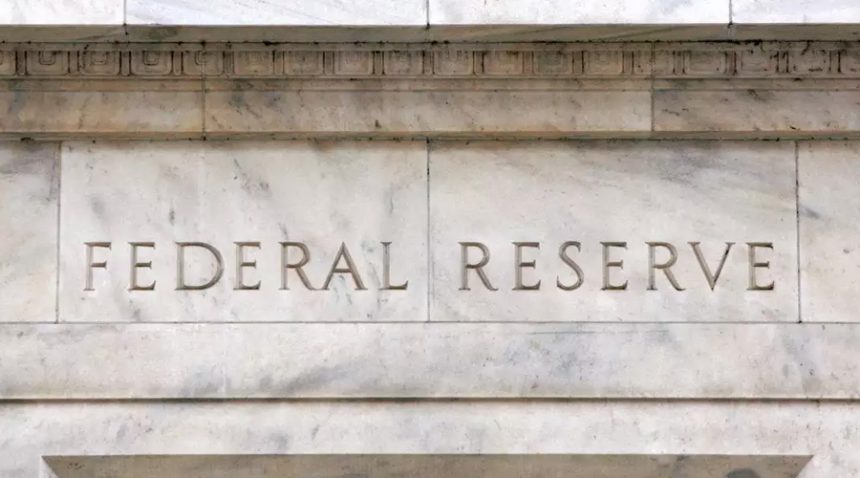Discover what this legal battle means for the banking industry and regulatory practices
Big Banks vs The Fed: In December 2024, major U.S. banks and business groups, including the American Bankers Association and the U.S. Chamber of Commerce, filed a lawsuit against the Federal Reserve. They challenged the opacity of the Fed’s annual stress tests, which assess banks’ resilience to economic shocks. The plaintiffs argue that the lack of transparency leads to unpredictable capital requirements, adversely affecting lending and economic growth.
Background on Stress Tests
Post-2008 financial crisis, the Federal Reserve implemented annual stress tests to evaluate large banks’ ability to withstand severe economic downturns. These tests determine the capital reserves banks must maintain, influencing their capacity for lending and investment. However, banks have criticized the process for its lack of clarity, claiming it results in volatile and excessive capital charges.
Banks’ Concerns
The banking industry contends that the Fed’s stress test models and scenarios are not subject to public input, violating the Administrative Procedure Act. They assert that this opacity leads to inaccurate capital requirements, hindering their ability to lend and support economic growth. The lawsuit seeks to compel the Fed to disclose its models and allow for public commentary, aiming for a more transparent and predictable regulatory environment.
Federal Reserve’s Response
In light of recent legal developments, including a Supreme Court ruling that limits federal regulatory power, the Federal Reserve has proposed changes to its stress testing process. These include allowing public input on the models and scenarios used and averaging results over two years to reduce volatility in capital requirements. The Fed maintains that these changes are not intended to alter overall capital requirements but to enhance the process’s resilience.
Implications of the Lawsuit
This legal action underscores the escalating tension between large banks and regulatory authorities. Banks argue that the current stress test framework imposes undue burdens, leading to reduced lending and economic activity. The lawsuit aims to ensure that the Fed’s processes are more transparent and accountable, potentially setting a precedent for how regulatory agencies develop and implement oversight mechanisms.
Broader Regulatory Context
The lawsuit emerges amid broader debates over the balance between regulatory oversight and financial institutions’ operational flexibility. The Supreme Court’s recent decision to overturn the Chevron doctrine, which granted agencies deference in interpreting laws, has emboldened industries to challenge regulatory practices perceived as overreach. This case could influence future interactions between regulatory bodies and the industries they oversee.
Potential Outcomes
If the banks succeed, the Federal Reserve may be required to increase transparency in its stress testing process, allowing for public input and reducing unpredictability in capital requirements. Such a shift could lead to a more collaborative regulatory environment but might also slow the implementation of necessary oversight measures. Conversely, if the Fed prevails, it could reinforce the authority of regulatory bodies to enforce stringent measures without mandated public consultation, prioritizing financial system stability over industry preferences.
Conclusion
The lawsuit filed by major banks against the Federal Reserve highlights critical issues regarding regulatory transparency and the balance of power between financial institutions and oversight bodies. The outcome of this case will have significant implications for the future of financial regulation, potentially reshaping how stress tests are conducted and how regulatory policies are formulated and implemented.






